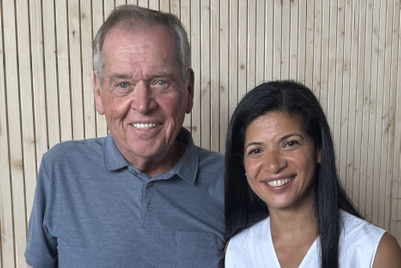
Ebiquity’s latest research observes that the slowdown in economic growth and fluctuations in consumer confidence have greatly affected consumer willingness to spend in China.
Advertisers will be more cautious with their media investment in 2023, and equally prudent in 2024, as several global financial institutions including Morgan Stanley lowered China’s annual GDP forecasts for 2023 and 2024 to 5% and 4.5% respectively.
Considering various factors and analyses including GDP, inflation, consumer confidence, and advertising market trends, Ebiquity has revised the media spend growth rate in 2023 from 4.4% to 4% and predicts a 3.5% media spend growth for 2024.
Though Ebiquity “keeps a prudent and optimistic view” on spend growth this year, the prediction remains more cautious than the numbers released by agencies. GroupM predicts growth rates of 7.9% for 2023 and 6.4% for 2024. Publicis Media forecasts growth rates of 4.99% for 2023 and 5.4% for 2024, and OMG shares higher rates of 10% for 2023 and 9% for 2024.
Analysed data from COMvergence and China State Administration for Market Regulation (SAMR), Ebiquity finds that the annual growth in the brand advertising market showed a significant increase in 2021 (21.9% vs 27.5%) followed by a decline in 2022 (3.1% vs -5.3%) and concluded that the Chinese advertising market has transitioned from a period of high-speed to an era of lower growth.
In 2022, China's brand advertising expenditure increased by 3.1%, but the top 20 advertisers’ spending, which accounted for 14.1% of the brand advertising market, decreased by 1% compared to 2021, reaching US$9.3 billion. 11 maintained 0% growth in media expenditure in 2022.
L’Oréal stays as the largest advertiser in China for two consecutive years, keeping the same ad spend of the previous year at RMB 6.2 billion (US$930 million). Three advertisers, including Unilever, Mars, and Huawei, saw declining media spending.
Meanwhile, based on Ebiquity’s real media placement database (such as TV, OTV, OTT, programmatic buying, search, social media, outdoor billboards, digital outdoor, radio, newspapers, magazines, etc.), recent consulting projects, and the latest economic indicators, Ebiquity forecasts media cost inflation at 2.65% for 2024 (compared to 2.8% for 2023) to remain moderate. Except for TV and print media, the cost inflation in other media is expected to decrease slightly but stay positive: OTV and digital display at 2.80%, outdoor at 2.6%, and almost 0 cost inflation for TV & -5.0% for print.
Stewart Li, managing director of Equity China, suggests that “advertisers should collaborate with their media agencies to develop more effective media cost management solutions, and adapt strategies based on reliable media cost benchmarks, to address the challenges of media costs and KPIs in 2024.”
|
This article is filed under... Top of the Charts: Key data at a glance |






.jpg&h=334&w=500&q=100&v=20250320&c=1)


.png&h=334&w=500&q=100&v=20250320&c=1)





.png&h=334&w=500&q=100&v=20250320&c=1)







